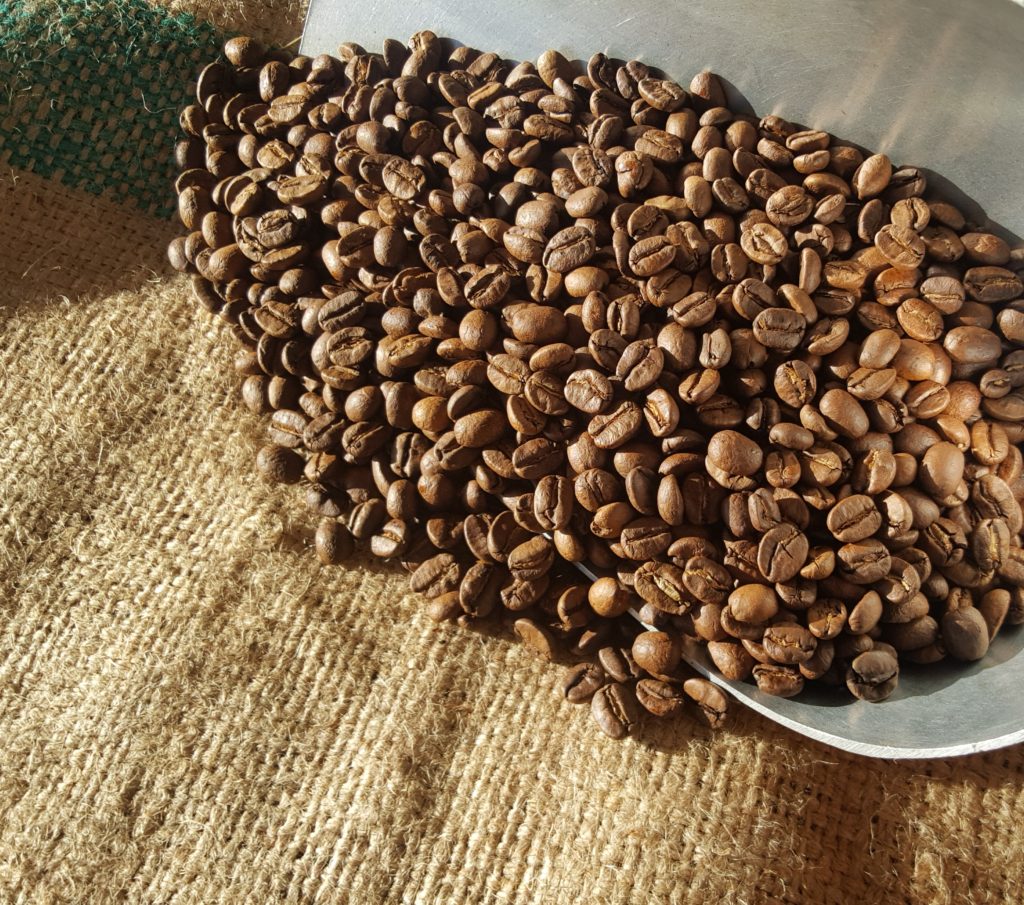
Costa Rica’s 30 Year Ban on Robusta Coffee Trees
Since 1988 Robusta, a coffee tree variety with higher levels of caffeine, has been outlawed in Costa Rica to promote the Arabica variety. Arabica beans tend to have a sweeter, softer taste and higher acidity, along with less caffeine than its Robusta counterpart. Commitment to the sweeter Arabica beans have helped Costa Rica become the 13th largest producer of coffee in the world, exporting 1.5 million 60 kg bags of coffee in 2017. In this post I will explore the history of coffee production in Costa Rica the economics behind the ban on Robusta.
In Costa Rica, the production of coffee followed a more egalitarian path not seen in other parts of the world. The latifundia, or elite landowner plantations familiar in neighboring countries, did not develop in Costa Rica. Instead, smaller farms blossomed and small family farms became the norm. There was little competition for land ownership due to the expanding frontier, allowing these small farms to grow without government interference. This smaller scale of coffee production in Costa Rica has allowed it to became part of the Costa Rican identity.
It is the crop closest to Costa Rican hearts and pocketbooks, and it is surrounded by a cultural mystique and folklore that invest it with an aura of romance and national pride.
Richard Biesanz, Karen Zubris Biesanz, and Marivs Hiltunen Biesanz, The Costa Ricans
By banning Robusta, Costa Rica has established its brand identity with the higher quality Arabica variety, establishing a premium on its coffee and creating product differentiation. Fresh Roasted Coffee sells its Costa Rican Coffee at $8.99 per pound opposed to $7.99 per pound for its Guatemalan or Colombian varieties. While this is far from a complete sample of coffee prices, this is the only brand I found that sold varieties from Costa Rica along with varieties from other Central American countries so to create a controlled comparison.
Costa Rica’s ability to differentiate its coffee from other Central American producers has given it power in the market for coffee. While the Robusta variety is cheaper and more cost efficient to produce because of its higher crop yield and resistance to disease and pests, Costa Rica has been able to rely solely on the Arabica variety due to the premium it has placed on its coffee. In recent years as global temperatures rise, Arabica may become comparatively more costly to produce, leading to Costa Rica reconsidering its ban on the sturdier Robusta as recently as February of 2018. This is because Robusta is more resilient to hot temperatures, insects and disease than Arabica. For now however, the added premium on Costa Rican coffee outweighs the added cost from outlawing the inferior Robusta variety.
SOURCES:
History of Coffee in Costa Rica
Fresh Roasted Coffee Costa Rican Coffee Price